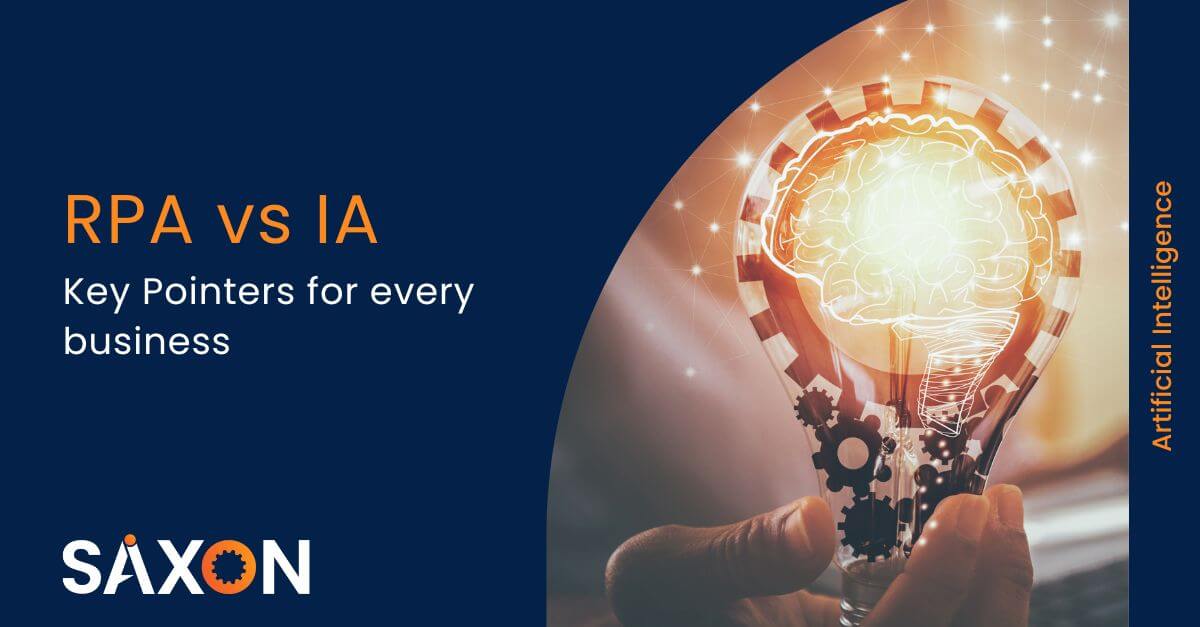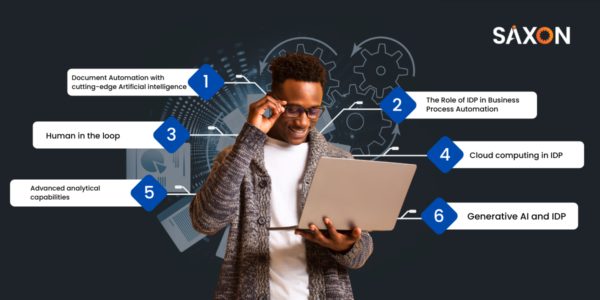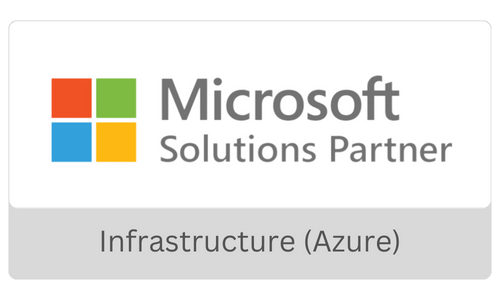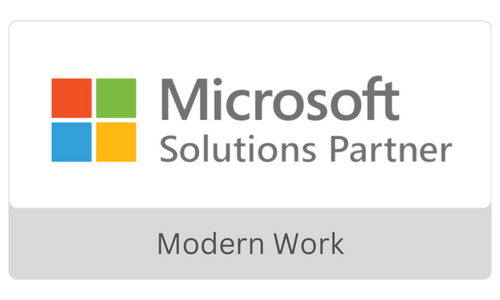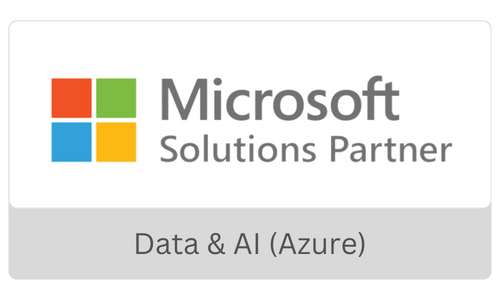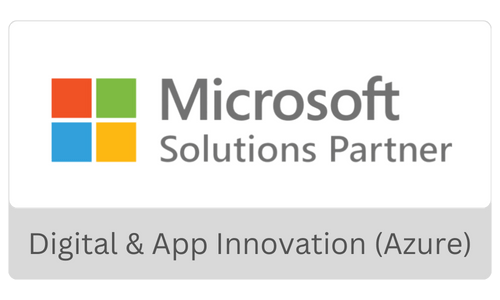In recent years, the use of automation in the workplace has become increasingly common. Forrester estimates that by 2025 the RPA market will be $22 Billion. From automating repetitive tasks to improving efficiency, automation is everywhere. However, not all automation is the same. In this blog, we’ll explore the differences between Robotic Process Automation (RPA) and Intelligent Automation (IA). At the end of this blog you will have a comprehensive view of RPA vs IA and which is the best automation technology for your business needs.
What is Robotic Process Automation (RPA)?
Robotic Process Automation (RPA) is a type of automation that uses software robots, or “bots,” to perform repetitive, rule-based tasks. RPA mimics human actions, such as clicking on a screen or entering data into a system.
RPA is often used to automate time-consuming and repetitive tasks that do not require high skill or decision-making. For example, you can use an RPA bot to process invoices, update customer records, or perform data entry. One of the critical advantages of RPA is that they do not require complex programming or integration with other systems. This makes RPA a good option for businesses to automate tasks without a significant investment of time or resources.
What is Intelligent Automation (IA)?
Intelligent Automation (IA) is a type of automation that combines the capabilities of RPA with advanced technologies such as machine learning and natural language processing. IA can handle more complex tasks that require a higher level of decision-making and problem-solving.
A survey reports that using intelligent automation, nearly 40% of business leaders reported an increase in operations quality, 45% in inbound customer leads, more than 81% improved customer experience through faster responses, nearly 78% reduced the number of processes associated with queries and purchases, and 32% reported an increase in staff productivity.
As an Intelligent Automation system processes more data and performs more tasks, it can improve its accuracy and efficiency. For example, you can use an IA system to analyze large volumes of data and make recommendations based on that data. You can also use it to handle customer inquiries. Using natural language processing, it understands the customer’s request and responds appropriately. One of the critical advantages of Intelligent Automation is that it can learn and adapt over time.
RPA vs IA: Key Differences
While RPA and Intelligent Automation share some similarities, there are also some key differences. Some of the critical differences of RPA vs Intelligent Automation include the following:
- Scope: RPA can automate repetitive, rule-based tasks, while Intelligent Automation can handle more complex tasks that require decision-making and problem-solving.
- Capabilities: RPA is limited to mimicking human actions. While Intelligent Automation can incorporate advanced capabilities of Intelligent Automation, such as machine learning and natural language processing.
- Flexibility: RPA is relatively inflexible, as it is limited to performing pre-defined tasks. However, Intelligent Automation can learn and adapt over time, allowing it to handle new situations and tasks.
- Implementation: RPA is quick and easy to implement, while Intelligent Automation may require a more significant investment of time and resources.
RPA vs IA: Challenges and Limitations
- Investment and expertise: Implementing and maintaining RPA and IA require significant investment and expertise. Organizations may need to invest in specialized software and hardware and hire or train staff with the necessary skills and knowledge.
- Planning and coordination: Careful planning and coordination are required to ensure that automation is introduced in the right way. Thus, it does not disrupt existing processes or create additional work for human workers. Organizations may need to develop new processes and procedures and communicate with stakeholders to ensure that everyone understands the role of automation in the organization.
- Suitable for all tasks: RPA and IA are only suitable for some tasks, and organizations may need to continue to rely on human workers for certain types of work. It is essential to carefully assess the suitability of different tasks for automation and balance the benefits of automation with the need to maintain a human workforce.
Which Should You Use: RPA or IA?
The decision of whether to use RPA or IA will depend on the specific needs of your business. If you have a large number of repetitive, rule-based tasks that you want to automate, RPA may be the best option. RPA is quick and easy to implement and can provide significant savings in terms of time and resources. Small and medium businesses are particularly well-positioned to benefit from using Robotic Process Automation (RPA) technology. In these organizations, a small number of people are often responsible for many tasks, including lowering operational costs, acquiring new business, retaining existing customers, improving workforce productivity, and enhancing the quality of products and services. RPA can help these businesses in several ways, including:
- Improving workforce productivity and headcount flexibility: By automating repetitive, time-consuming tasks, RPA can free employees to focus on more valuable activities. This can help businesses improve their workforce’s productivity and increase their staffing levels’ flexibility.
- Reducing service costs: RPA can help businesses reduce service costs by automating many tasks humans currently perform. This can help businesses save money on labor and other expenses, allowing them to invest more in other business areas.
- Improving data accuracy and processing speed: RPA can help businesses improve the accuracy and speed of their data processing. By automating many of the currently manual tasks, RPA can help businesses reduce the number of errors and improve the speed of their processes.
How to get started?
Are you looking to automate your processes? Then we can help you start your journey towards automation.
Check out SAXON’s solutions To know more, Get in touch with us.

